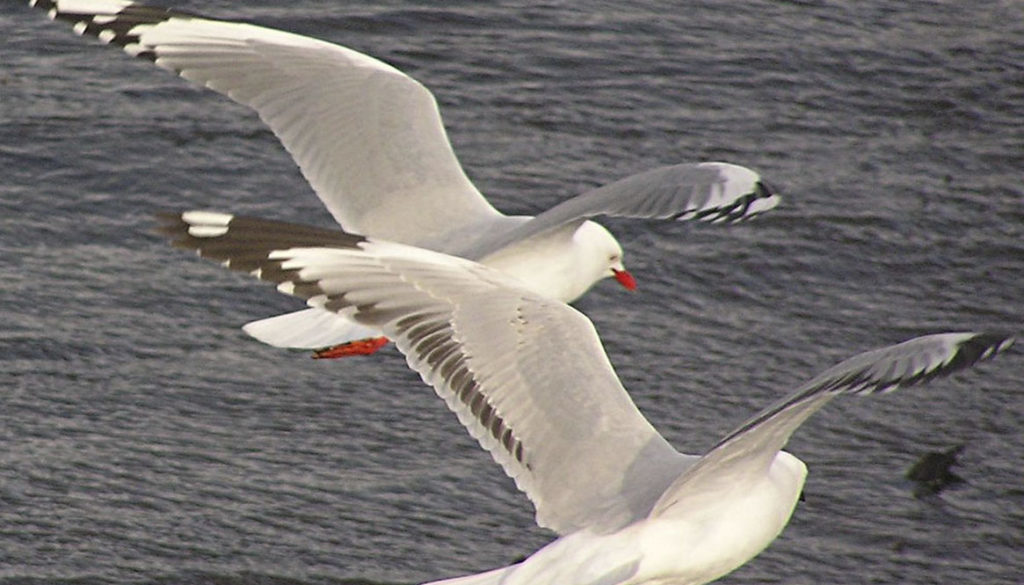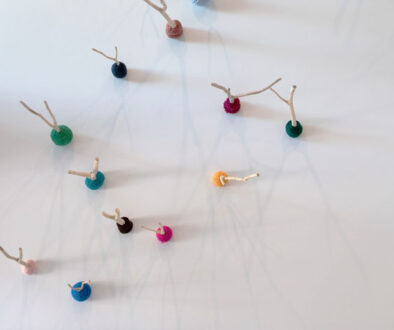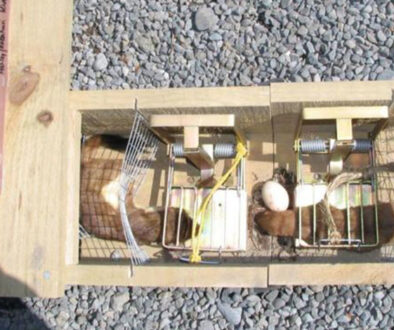National red-billed gull survey
The red-billed gull is now classified as Nationally Vulnerable, with an expected ongoing population decline of 50–70 % over the next three generations.
Information collected over the past few decades, much of it anecdotal, suggests that the species has experienced overall a substantial population decline.
Phase 2 of the national red-billed gull survey will start in October 2015. The aim is to obtain an overall estimate of the size of the red-billed gull population breeding in New Zealand. It will also incidentally establish the location and size of active colonies, allowing us to set up a more systematic monitoring programme to determine what long-term population changes, if any, are occurring.




